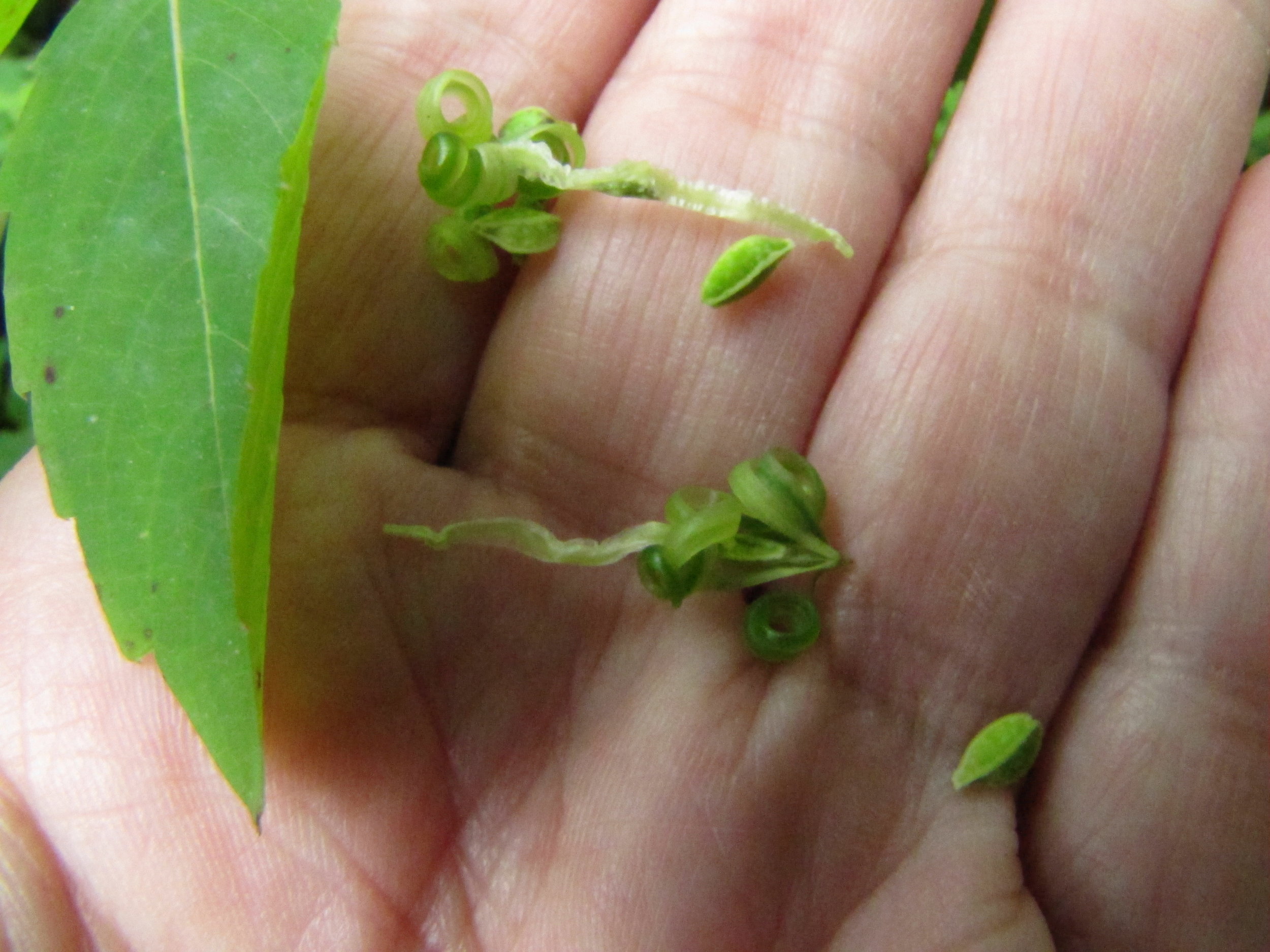October has come, with grey skies, dripping grasses, and winds. Somewhere out there are brightly colored leaves and sunlit woods. Beyond the softness of the fog the world is preparing. Plants draw back into their underground homes, enough energy stored for the long winter with a burst to bring forth the buds in the first warm days in the distant future. Animals gather and store seeds and other edibles. Some need little, for they will sleep through the worst of it, others will be out and about, even in the coldest, to find those last seed heads lying in the snow.
It is quiet in the fog. Muffled sounds filtered through the damp leaves and grasses. Juncos have returned from a summer up north. Their chipping surrounds me as I walk. Other birds are heard, the sharp call of the Yellow Shafted Flicker, Geese flying high above. Many migrants are passing through, their calls indistinguishable now that mating calls are a mere memory. The last of the hummingbirds are gone, I haven't seen a robin for a while. Change in everywhere, and when the fog lifts, it will be a different place out there....










